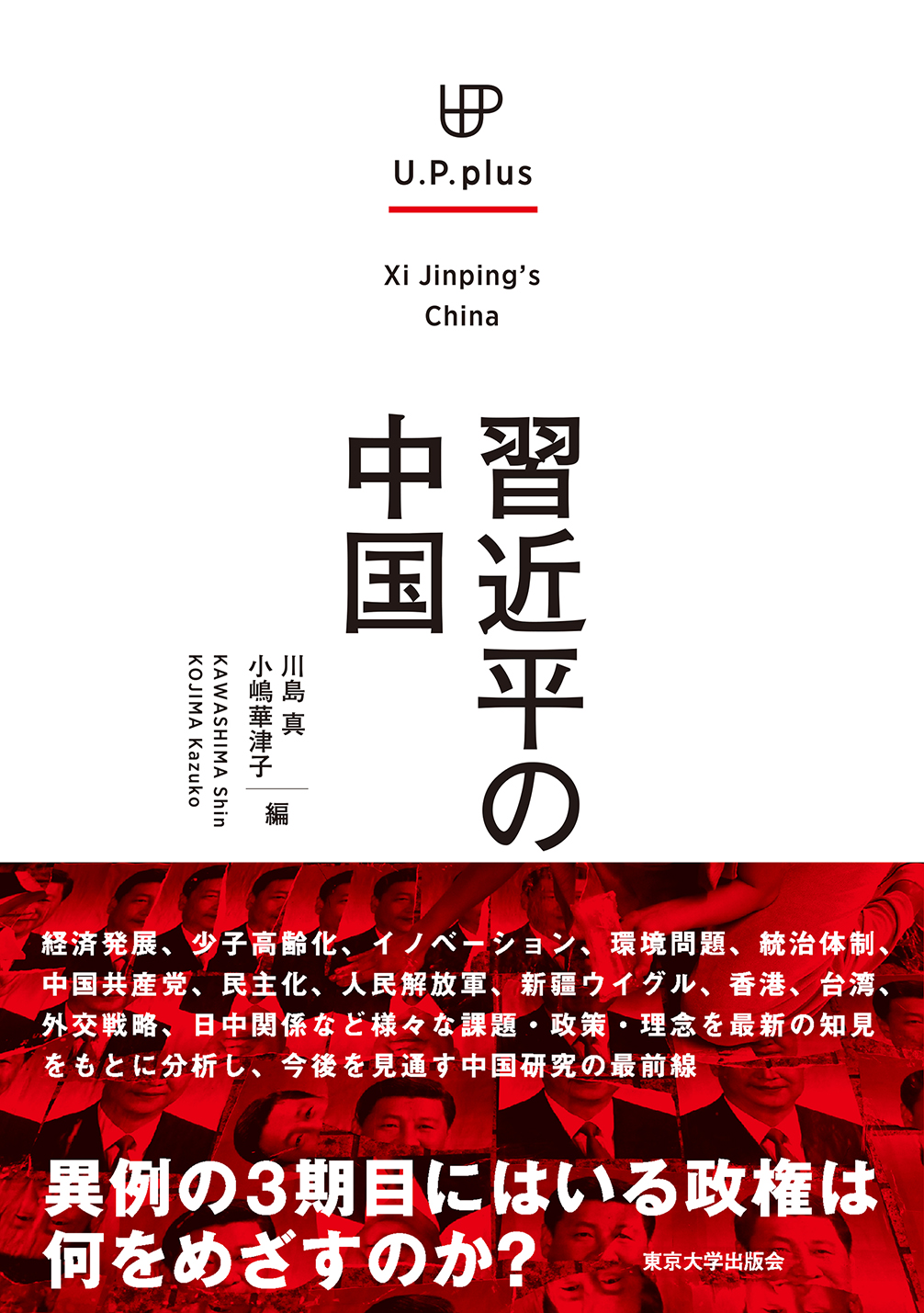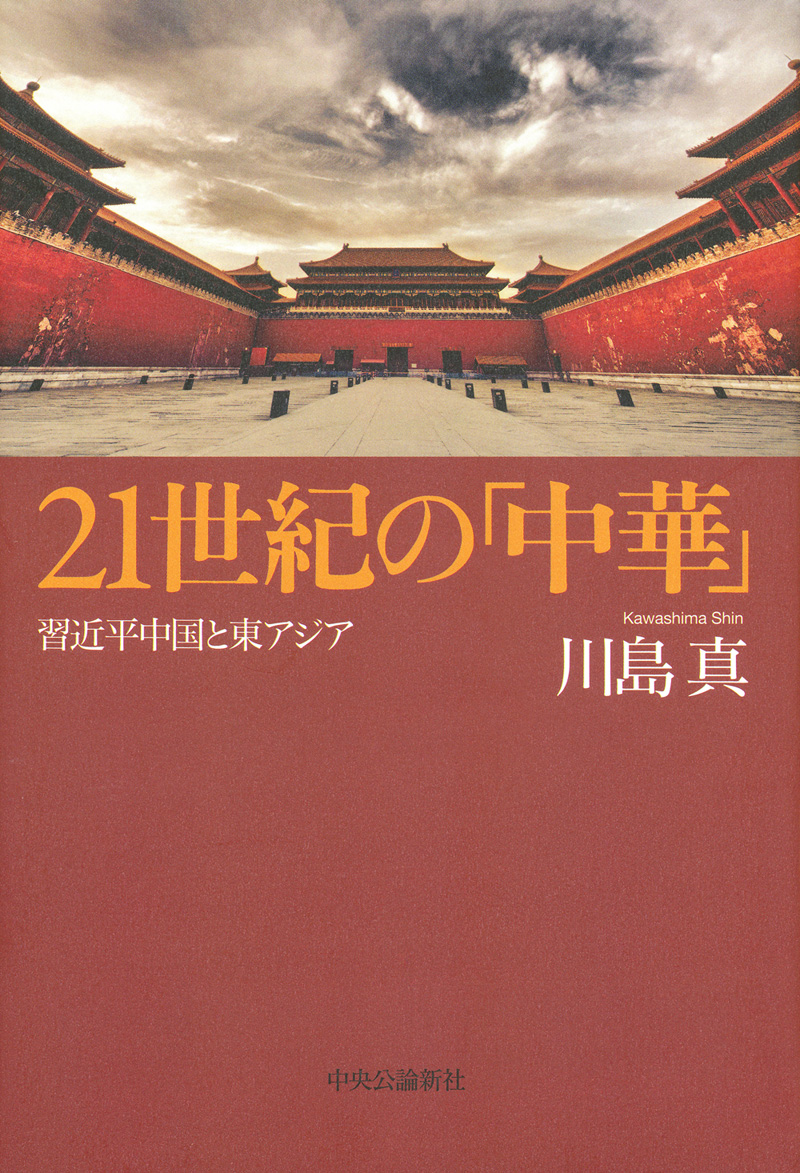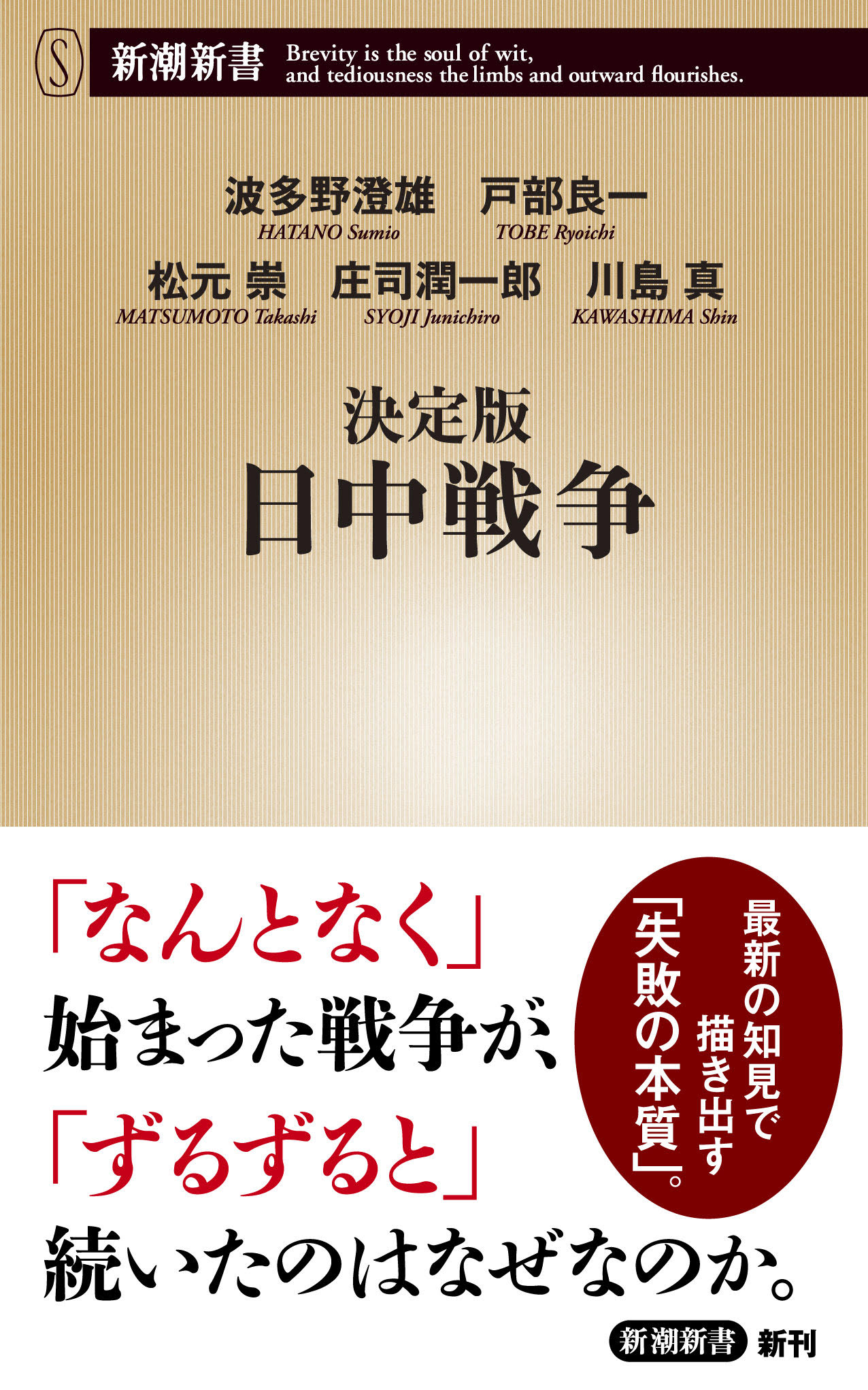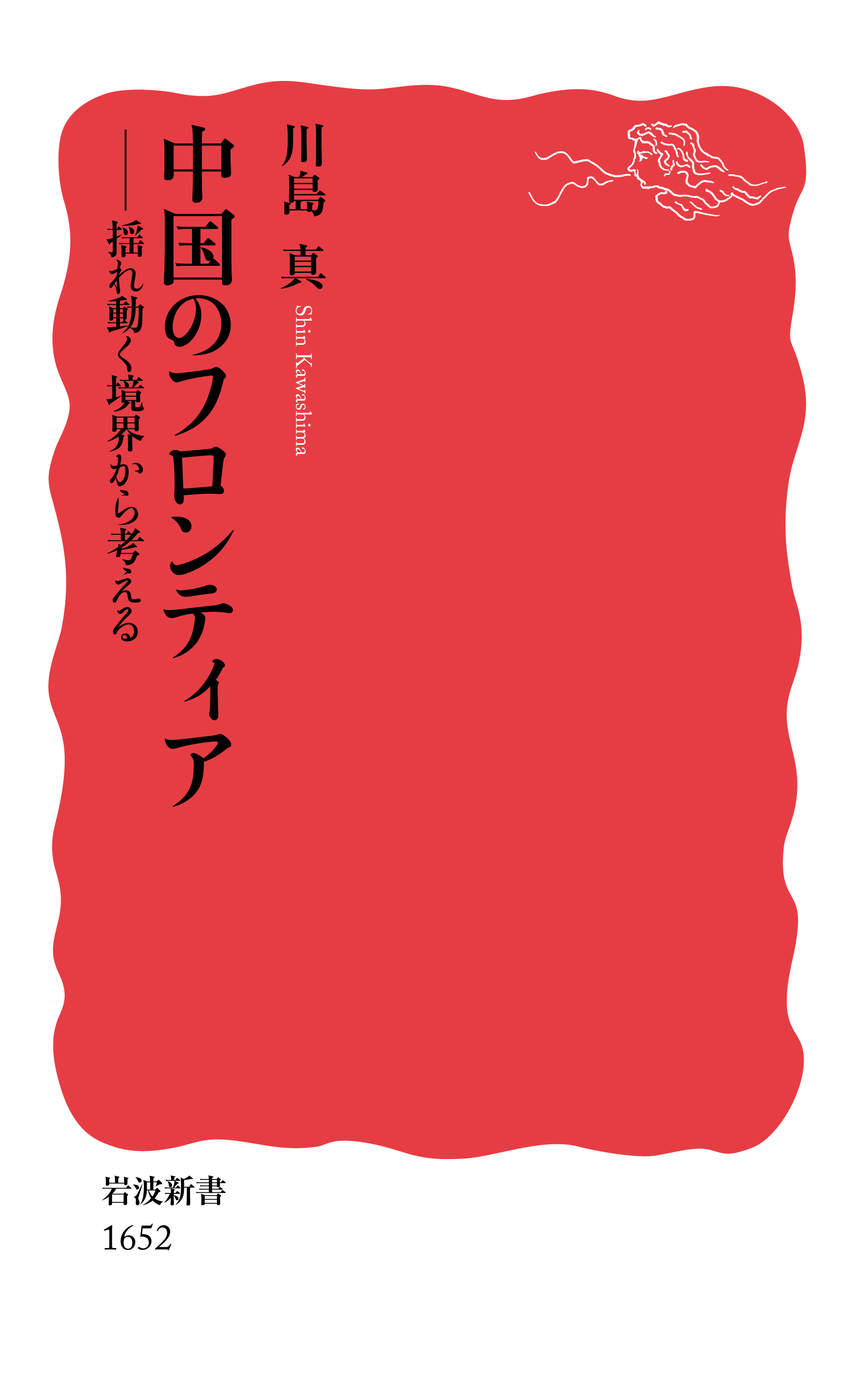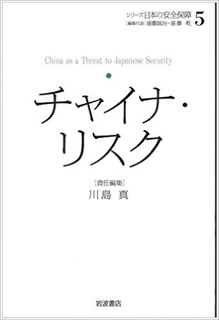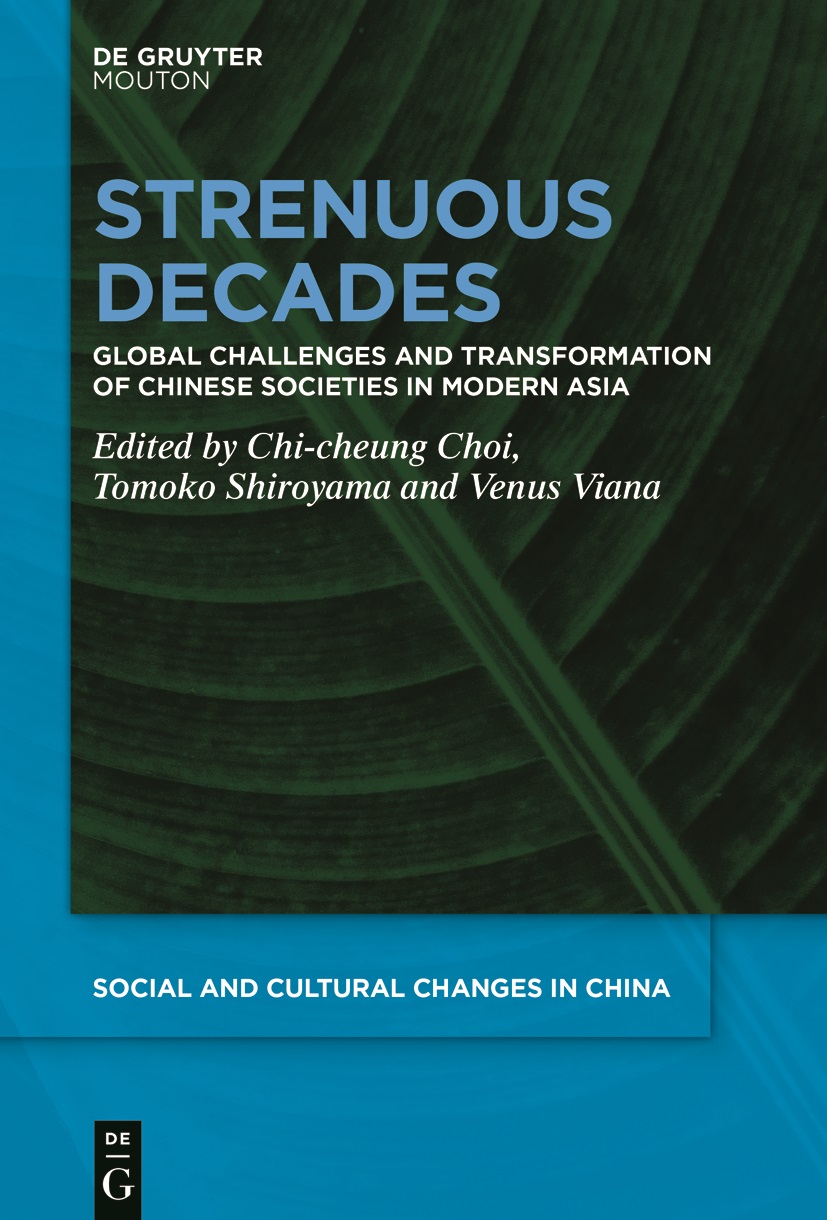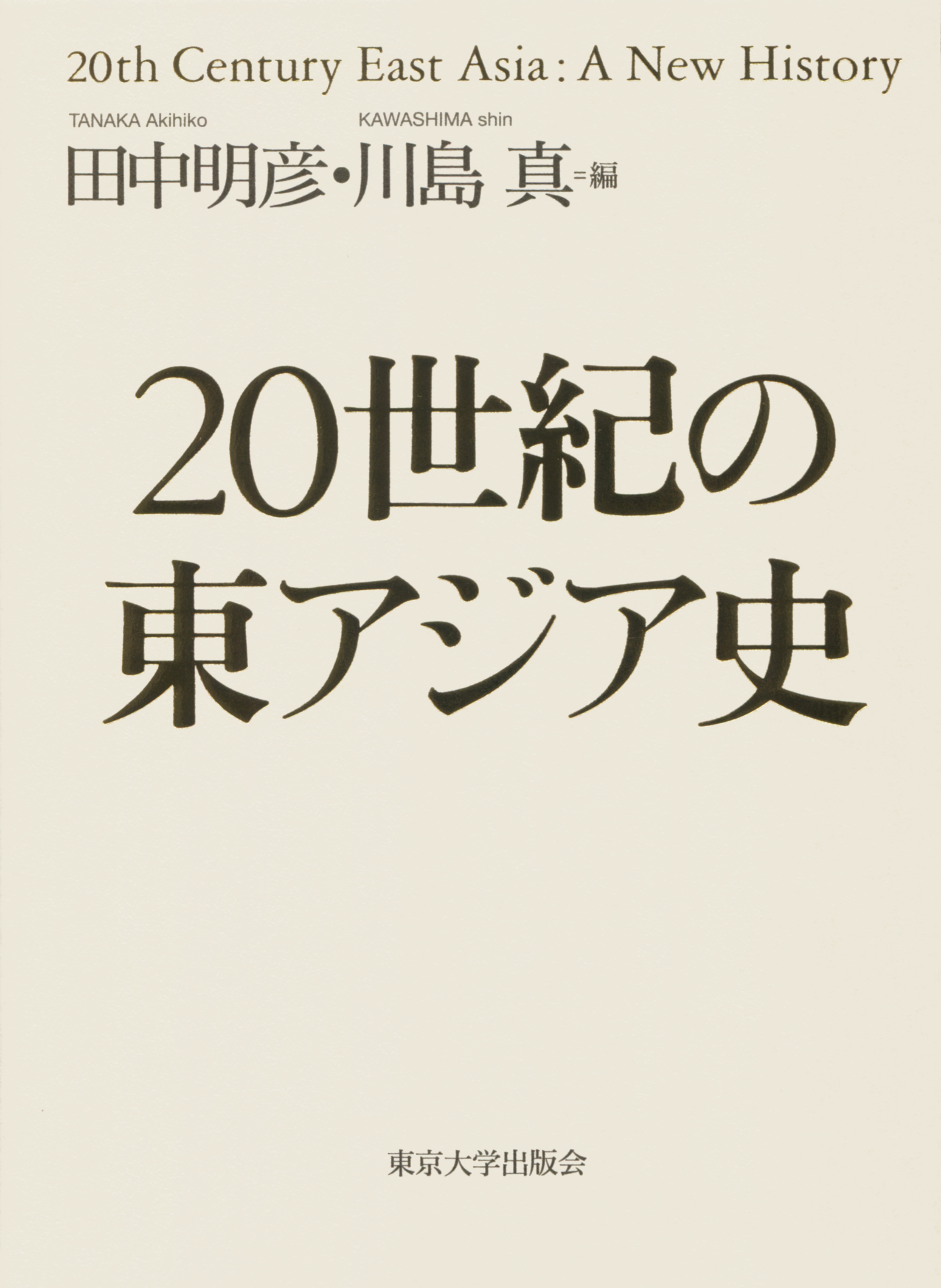
Title
20-seiki no Higashi Asia-shi (The History of East Asia in the 20th Century [in three volumes])
Size
1056 pages, A5 format
Language
Japanese
Released
September 04, 2020
ISBN
978-4-13-020309-8
Published by
University of Tokyo Press
Book Info
See Book Availability at Library
Japanese Page
This work is the product of a collaborative research by dozens of scholars in the fields of Japanese and East Asian history. Its treatment of the modern history of East Asia since the 19th century spans three volumes. It covers the history of the East Asian region as well as each country’s history, and particular area within the larger region. The impetus for this collaboration was extremely simple: “How has the history of East Asia unfolded during the 20th century?” This simple question was recast at the beginning of the 21st century for the following reasons.
First, although East Asia is currently considered as a region that has achieved economic prosperity by any global measure, if we look back to the 1960s, we would see that it was one of the most impoverished regions in the world. How then did it develop and progress?
Second, in spite of the fact that this is the premise of economic prosperity in the first, currently, while the region enjoys relative peace, it certainly was not the case over the course of the history of the 20th century. As a matter of fact, it experienced multiple wars. However, after the conclusion of the Vietnam War and the Sino-Vietnamese War in the 1970s and the end of conflict in Cambodia in the early 1990s, how did the region rid itself of wars (excluding maritime conflicts)?
Third is the fact that there is an extremely wide variety of political systems currently in the East Asian region. Why and how did each country or area within the region select its political system? Moreover, how is it that this region, where so many different political systems exist, was able to achieve this level of prosperity and peace?
When these questions were selected, it was already clear that sufficient answers could not be obtained by merely using development stage, modernization, or political culture theories. Thus, this collaborative research project placed importance on international relations and domestic nation-building. When addressing the latter, we identified a variety of critical junctures in our discussion of how systems of governance and nations were formed.
This work is the product of our grappling with these major issues. Volume 1 deals with international relations, Volume 2 with each country and area within Northeast Asia, and Volume 3 with Southeast Asia. The experience of scholars specializing in Northeast Asia and Southeast Asia collaborating on this work and comparing their research as they discussed international relations and nation-building was important. It allowed them to re-evaluate the importance of the history of the region since the modern period. Thus, this work includes the latter half of the 19th century, in addition to the 20th century.
Naturally, the conclusions of this work do not necessarily present clear and comprehensive answers to the major questions and issues it has identified. However, we believe that through the papers included in this work, the diverse paths taken by the arguments of the various authors provide provisional answers to such questions.
(Written by KAWASHIMA Shin, Professor, Graduate School of Arts and Sciences / 2022)
Table of Contents
Volume II: II National Histories [1] Northeast Asia
Volume III: National Histories [2] Southeast Asia



 Find a book
Find a book


 eBook
eBook